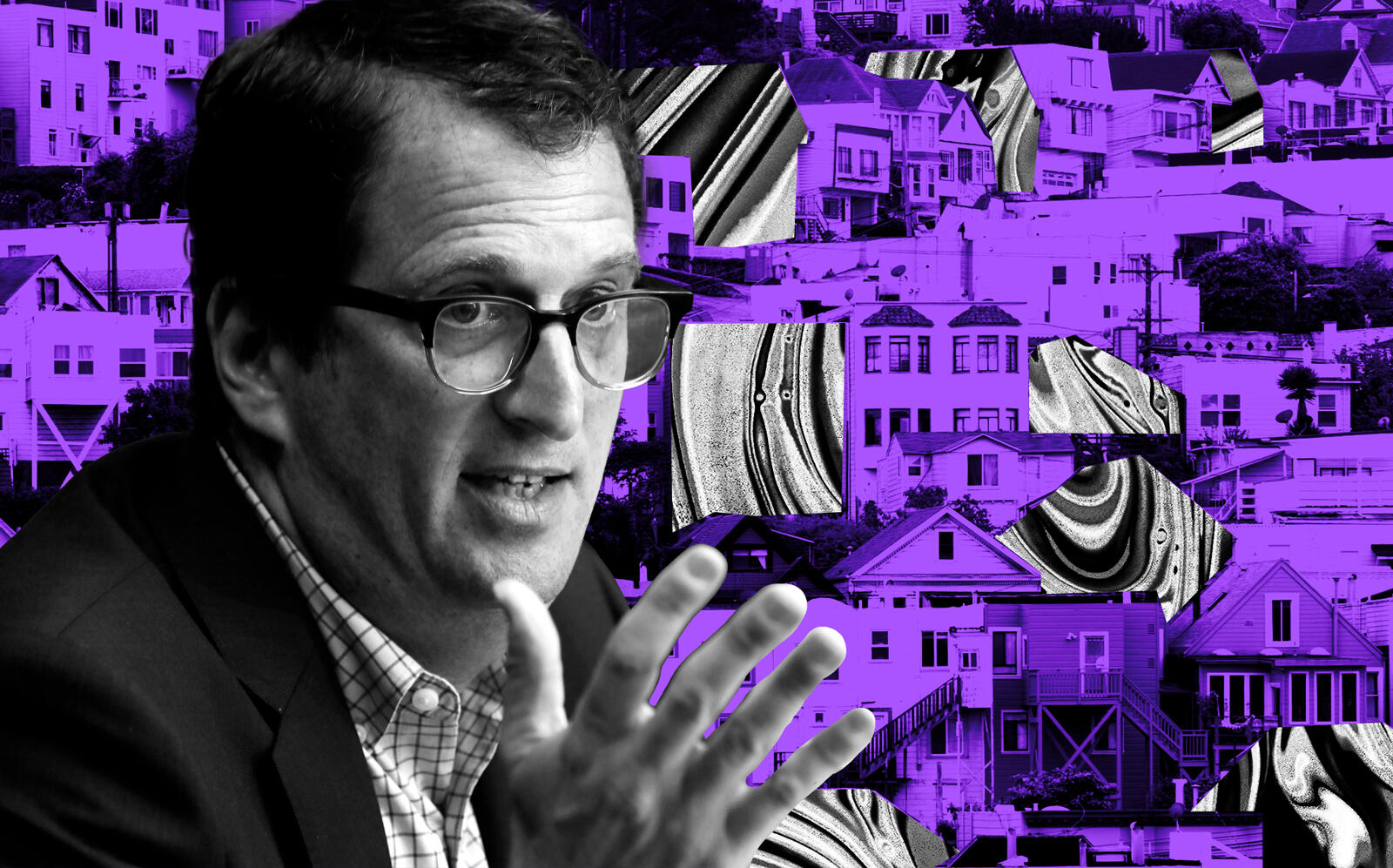 SF supervisors reject Mayor Breed’s latest charter amendment proposal
SF supervisors reject Mayor Breed’s latest charter amendment proposal
Trending
SF supervisor eyes tax on 40k vacant homes to ramp up rentals
Taxing some of those homes could generate between $13M and $61M a year in revenue depending on the type of tax and its rate, new report finds

San Francisco could join neighboring Oakland as the next Bay Area city to impose a tax on vacant homes, a measure that supporters say is a swift way to force more homes onto the rental market. Critics call it a distraction from efforts to boost housing.
The most feasible would be an annual flat fee of between $3,000 and $6,000, the same one Oakland residents approved in 2018, according to the San Francisco Chronicle. Added taxes on some of the city’s 40,500 vacant homes could prompt owners to rent as many as 10 percent of them within two years, generating between $13 million and $61 million a year, according to a Jan. 31 report by the city’s Budget & Legislative Analyst.
“It’s a part of the housing policy discussion in the city that just never really gets addressed,” Dean Preston, a member of San Francisco’s board of supervisors, told the Chronicle. Preston, who represents district five and commissioned the report, hasn’t formally proposed a new tax. He declined to tell the newspaper when or how he may bring such a measure to the board.
Randy Shaw of San Francisco’s Tenderloin Housing Clinic told the Chronicle that a vacancy tax “makes no sense,” saying it creates “this false sense that we don’t need to build more housing.”
The impact of such a tax elsewhere partially supports Shaw’s claims. In Vancouver, Canada, where the tax generated about $21 million in 2019, vacancy rates there have since leveled off as rents rise. Oakland collected $7 million in tax revenue in 2020, but rents are surging there too. Many properties in the East Bay city are exempt from the measure’s flat fee, the Chronicle said.
San Francisco has a vacancy rate of about 10 percent, according to the most recent census estimates. That’s comparable to Philadelphia and Boston, below New York’s 14 percent and above Los Angeles’ 7 percent, the Chronicle said.
The reason homes are reported vacant varies, though, and it can be difficult to track that data in real time, the newspaper said. Another wrinkle is the pandemic’s impact on vacancy rates. Data from the 2020 decennial census, which hasn’t been released in full, show almost 34,800 empty units in San Francisco County as of April, meaning the rate is more like 8.6 percent.
A vacancy tax wouldn’t be a “silver bullet” to San Francisco’s housing crisis, Preston told the newspaper. Yet people living in tents on streets below empty homes in some areas means the city can’t ignore its potential to help solve the issue, he said.
“I don’t think I can think of a more stark example of the failure of our housing system than that this exists side by side,” Preston said.
[San Francisco Chronicle] — Matthew Niksa
Read more
 SF supervisors reject Mayor Breed’s latest charter amendment proposal
SF supervisors reject Mayor Breed’s latest charter amendment proposal




